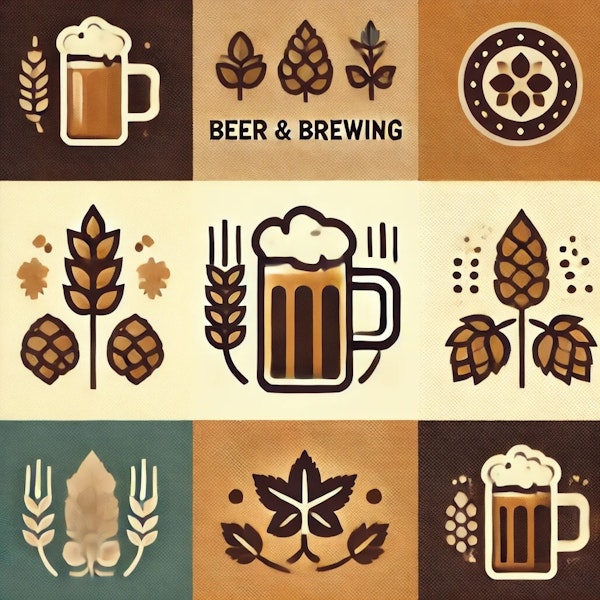
Thick, rich, smooth Baltic porter is a comforting treat for the frigid months. If only it were easier to brew...
This big, complex crowd-pleaser winds up like a cross between a banana protein shake and Belgian dubbel. Ferment warm and buckle up.
The style allows for creativity, which means that you can choose to dress up whichever part of the profile you prefer, making the beer sweeter, more bitter, less roasty, or more “oaty,” as you like it.
In case the colder months get you down, this brightly hopped wheat beer offers a taste of Southern sunshine.
As summer turns to autumn, here is Josh Weikert's recipe for a slimmed-down, session-strength, but still full-flavored Altbier.
This blonde ale is more flavorful than your average “lawnmower” beer, so save it for after you mow. Once you dial in the recipe, this beer will get your non-beer-drinking friends started down the path to craft-beer obsession! And you’ll enjoy it, too.
Belgian beers have a reputation for being somewhat hops-negligent. However, that reputation is absolutely unjustified. Please meet a beer that was once described to the author as the “King of the Belgian and French styles,” the Bière de Garde.
The Vienna lager lands in a place where it’s toastier than pale German lagers but nowhere near the caramel and melanoidin-heavy richness of “modern” Oktoberfest. The best examples of Vienna lager are like drinking a liquid version of dry toast.
Not all dark beers—and most especially not all dark lagers—are the same. Take some time to parse the different dark lager styles out there and consider not only how they differ but also how we can modify our brewing approaches to produce them.
While some think of beers as being either lagers or ales, there is a third category: hybrids. Let's examine how the beers in this category differ from each other but also how we can make recipe and/or process changes to make them the best they can be.